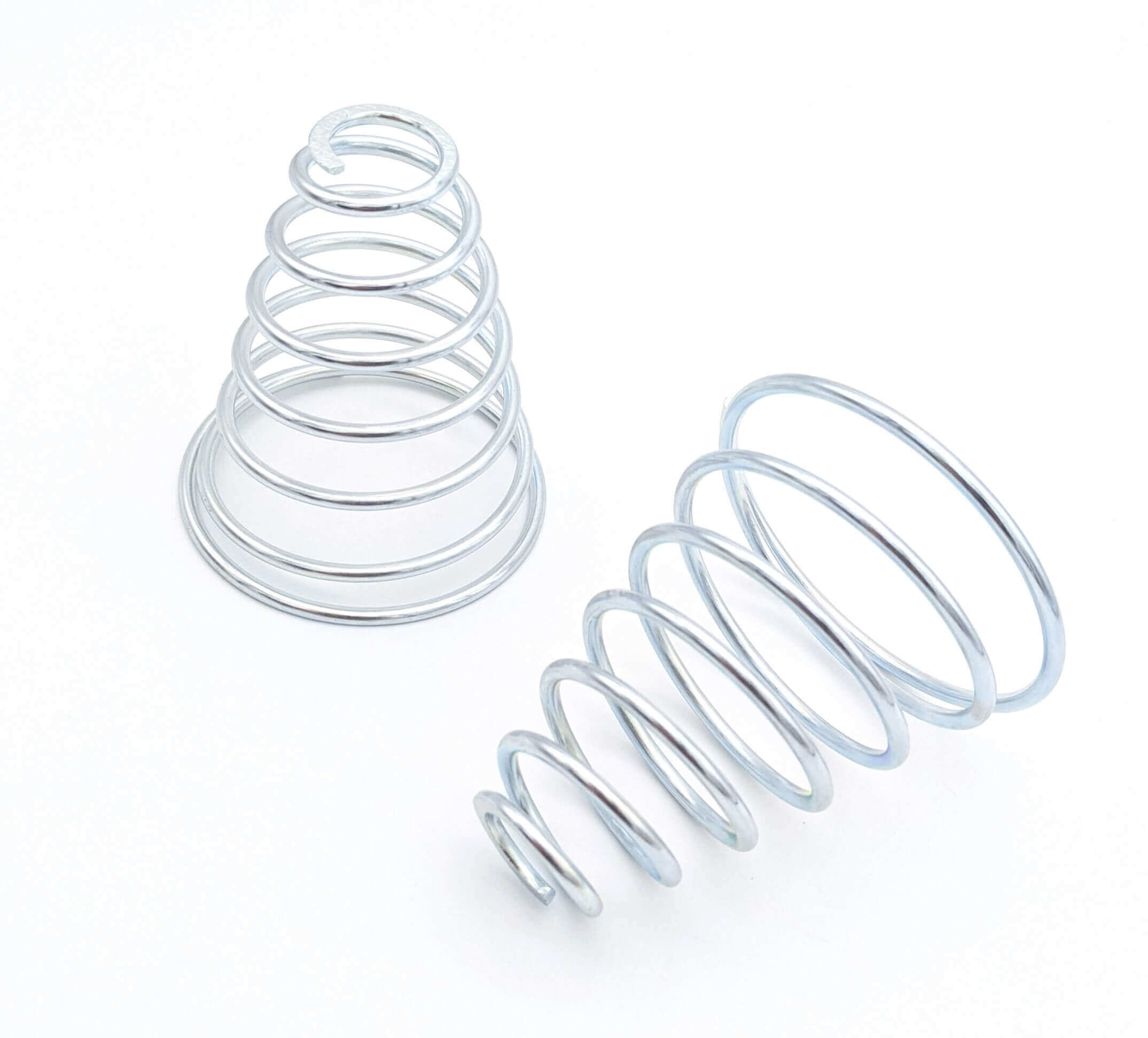Get unique, complex parts easily. No matter your requirements, Chaoyi Spring creates hard-to-produce coil springs and wire forms.
Let us help you create the custom wire form you need, from S-hooks and J-hooks to utility hooks and more.
We work closely with customers across a wide range of industries, helping them design and manufacture made-to-order parts.
Why choose Chaoyi Spring? We prioritize customer-focused collaboration, modern equipment and the latest technology to make your parts per print.
Find the information and guidance you need, from measuring a spring to learning about materials, placing an order and much more.
Springs, those ubiquitous helical wonders, are essential components in countless mechanical systems, from intricate clocks to powerful engines. Understanding how to compress a spring safely and effectively is crucial for


Springs, those ubiquitous helical wonders, are essential components in countless mechanical systems, from intricate clocks to powerful engines. Understanding how to compress a spring safely and effectively is crucial for anyone working with these versatile devices. This comprehensive guide will delve into the intricacies of spring compression, equipping you with the knowledge and techniques to handle this task confidently.

Before diving into the practicalities of compressing a spring, it's essential to grasp the fundamental principles governing its behavior. Springs are designed to store and release mechanical energy through their elasticity. When compressed, they resist the applied force, storing potential energy. This stored energy is released when the force is removed, causing the spring to return to its original length.
The force required to compress a spring is directly proportional to the amount of compression. This relationship is defined by Hooke's Law, which states that the force (F) is equal to the spring constant (k) multiplied by the displacement (x): F = kx. The spring constant, a measure of the spring's stiffness, is unique to each spring and dictates how much force is needed to compress it a specific distance.
Spring compression can be a potentially dangerous endeavor if not executed with proper precautions. Springs, particularly those with high spring constants, can store significant amounts of energy. Uncontrolled release of this stored energy can result in injuries or damage.
Here's a rundown of vital safety measures to prioritize when compressing a spring:
The choice of compression method depends on various factors, including the size and stiffness of the spring, the desired level of compression, and the available tools. Let's explore some common techniques:
For small, lightweight springs with low spring constants, hand compression may suffice. This method involves using a pair of pliers or a vise to gently squeeze the spring, but it's best reserved for springs that are not under significant tension.
Dedicated spring compressor tools are designed for safe and efficient compression of springs of varying sizes and strengths. These tools typically consist of a pair of jaws that grip the spring's ends, allowing for controlled compression with adjustable pressure. There are various types of spring compressors, such as:
When selecting a spring compressor tool, consider the following factors:
For complex spring compression scenarios, specialized techniques may be required, including:
Once the spring is compressed to the desired length, it's crucial to release it safely to avoid accidental injury or damage. Always release the spring gradually and control its movement. Never release a compressed spring suddenly or allow it to snap back with uncontrolled force. Use appropriate tools and techniques to guide the spring back to its original length.
Several factors influence the behavior and compression of a spring, including:
Spring compression is employed in a wide range of applications, including:
Mastering the art of compressing a spring is an essential skill for anyone working with mechanical systems. By understanding the principles of spring compression, prioritizing safety precautions, and utilizing appropriate techniques and tools, you can confidently compress springs safely and effectively. Remember, spring compression is a delicate process that requires careful consideration and meticulous execution. Always err on the side of caution and never underestimate the potential dangers involved.
In conclusion, compressing a spring is a skill that combines knowledge, technique, and a keen awareness of safety. Whether you're a seasoned engineer or a DIY enthusiast, understanding the principles and practices outlined in this guide will empower you to handle springs with confidence and expertise. By prioritizing safety, using appropriate tools, and adhering to proper techniques, you can unlock the full potential of these versatile mechanical marvels.
Browse some of the custom wire forms and springs that we manufacture. Don’t see what you need? We specialize in made-to-order products that meet your application requirements.
Visit Our GalleryNeed a custom wire form or coil spring? We make it work. Fill out the contact form and a representative will respond within 1 business day. If you have a PDF or CAD file, you can submit to request a quote.